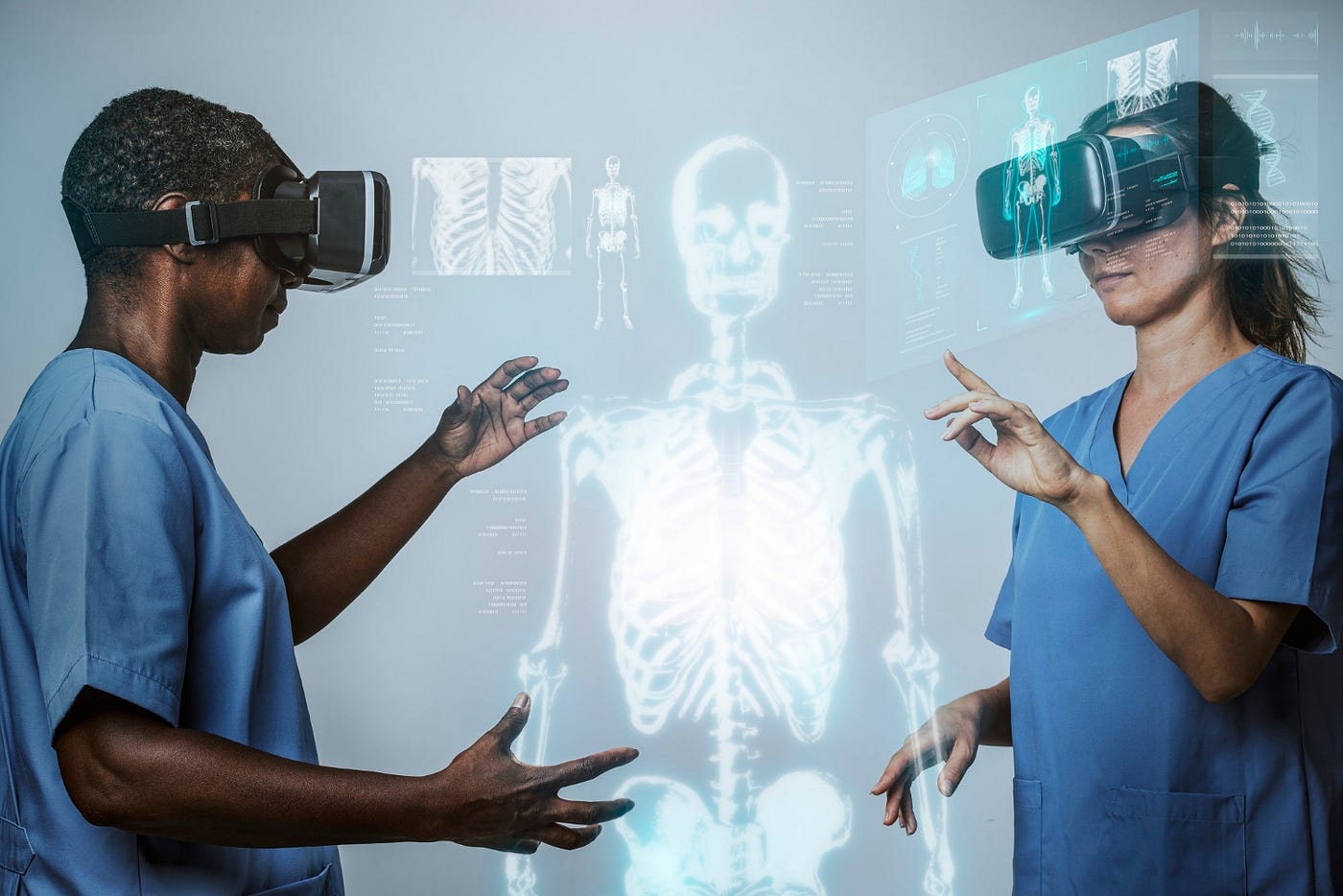
Healthcare: Optimizing the Clinical Dialogue with Purpose and Passion
How well do you and your doctor listen to each other?
The Importance of Communication in Healthcare

It’s a central component of effective healthcare. In that context, communication is more than a simple chat. Patients, clinicians, caregivers, surrogates, technicians, chatbots, and many others together create a healthcare information matrix fraught with complexity. Add to this the emerging aspects of digital communication in healthcare, and the result can be more akin to a game of telephone than providing critical and specific medical information.
And at the heart of the conversation is the “linguistic connection” that goes beyond the simple transfer of information to build a “clinical relationship” that can enhance and empower communications. But too often, this gets sidetracked. Our hectic lives—for both patient and provider—further complicate this matter as sound bites and buzzwords take on an increasingly disproportionate percentage of exam-room dialogue. Further, as patient-centricity is emerging as a central pillar of quality care (a good thing), consumer-centric drug advertising and marketing can create expectations that further muddy the water.
Communication is Broken in Healthcare
Data confirm that this dialogue—the cornerstone of the doctor-patient relationship—is broken.
In a fascinating study, investigators recorded and analyzed clinical encounters, finding that clinicians commonly fail to elicit a patient’s agenda in the context of their care. Further, patients were frequently interrupted, with subsequent discussion oriented around the physician’s agenda. The conversation became disconnected and ineffective.
I thought it would be interesting to address this issue with two healthcare communications experts, who bring unique perspectives to this issue.
Nieca Goldberg, a nationally recognized cardiologist and author, is a pioneer in women’s heart health. Her approach to patient engagement is a unique mix of science-based wisdom combined with an “in the moment” emotional connection that, according to Goldberg, can be adjusted in real-time to optimize communication.
Nieca explains that communication can have a sense of resonance that needs to be fine-tuned in the context of discussion. Similar to the “point of purchase” in consumer marketing, she suggests that we may have a “point of understand” where clinical instructions are transformed into powerful triggers that can drive behavior.
For me, it’s about the moment of both physical and emotional contact that allows me to focus and refocus our discussion. We as clinicians need to be mindful about this unique and personal engagement where knowledge and empathy can be tailored to each patient or caregiver. It adds richness to our relationship and that’s extraordinarily important.
Gil Bashe is a global leader in health communications. He has guided companies and individuals through the complexities of the healthcare landscape. From strategy to linguistics, Bashe has differentiated himself as an insightful and compassionate voice.
How to Improve Communication in the Healthcare Industry

Gil’s perspective on clinical communication is built on his steadfast focus on the patient. A long-standing proponent of patient-centricity, Bashe has advocated for the central role of early diagnosis and the value of collaborative care, where patient and provider work together to improve outcomes. It’s at the heart of the communications platforms he builds for clients in the health and wellness space.
Today, the complexities of healthcare have emerged as a leading communications challenge. Data overload—for patient and physician—has dehumanized much of the clinical dialogue and has led to information anxiety. This has tragically decoupled the health dialog from the basic nature of human communications. The simple exchange of facts will not always drive action. Why? We don’t emotionally trust facts – we do trust authoritative voices that demonstrate powerful listening skill. We must provide a level of engagement that serves that serves not only the mind, but also the heart and soul.
In today’s turbulent world, where obesity, heart disease, dementia, and even a global pandemic are part of the landscape, we are confronted with abundant facts. But the application of these facts to drive outcomes relies on something more than just a pragmatic, informational discussion. It’s essential that words and ideas resonate, hit home, and create a sense of purpose. It’s been said that words matter. Today, these words must be combined with an emotional and contextual framework that empower every syllable. Our lives depend on it.
Trending
-
1 Mental Health Absences Cost NHS £2 Billion Yearly
Riddhi Doshi -
2 Gut Check: A Short Guide to Digestive Health
Daniel Hall -
3 London's EuroEyes Clinic Recognised as Leader in Cataract Correction
Mihir Gadhvi -
4 4 Innovations in Lab Sample Management Enhancing Research Precision
Emily Newton -
5 The Science Behind Addiction and How Rehabs Can Help
Daniel Hall





Comments